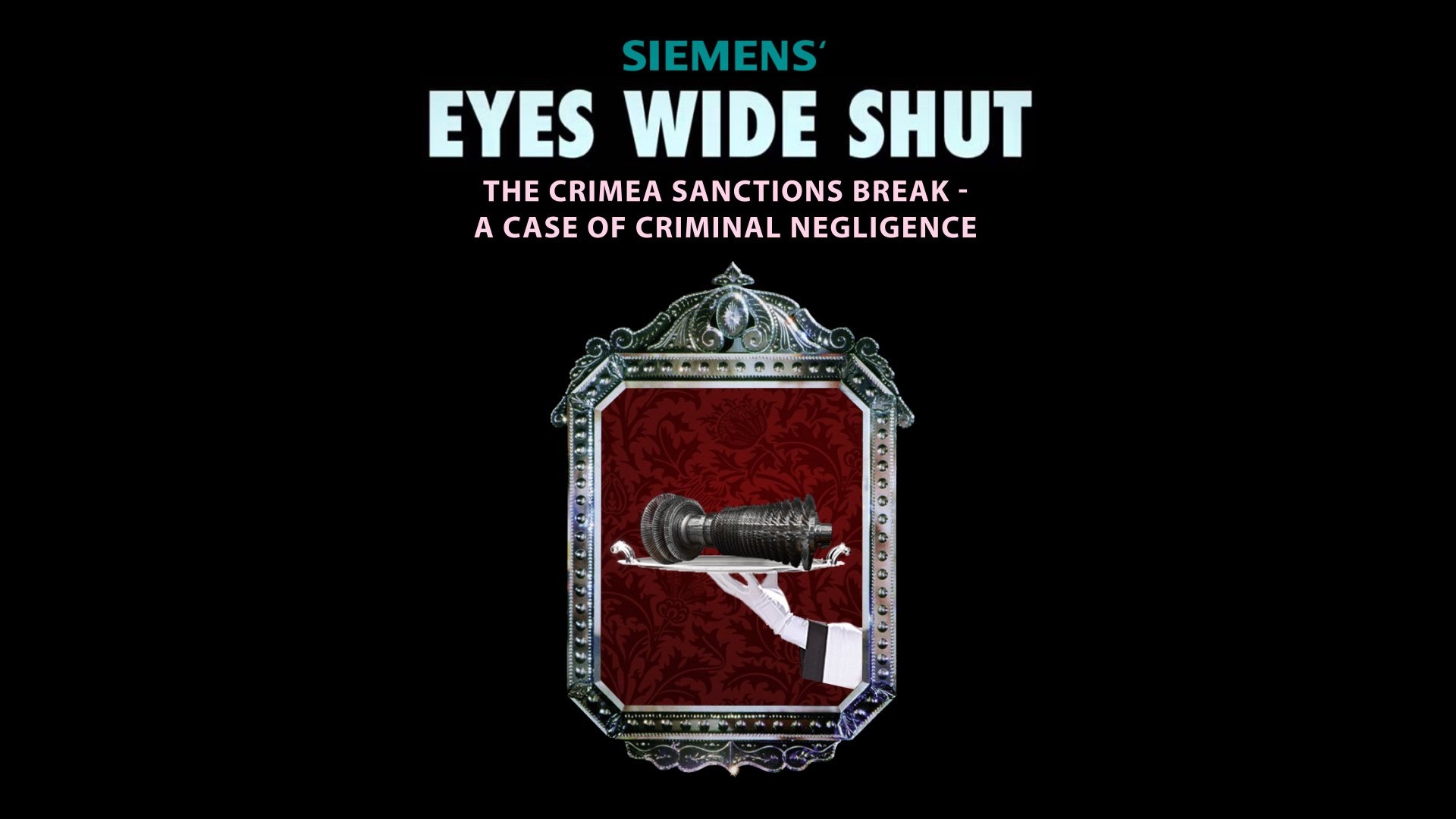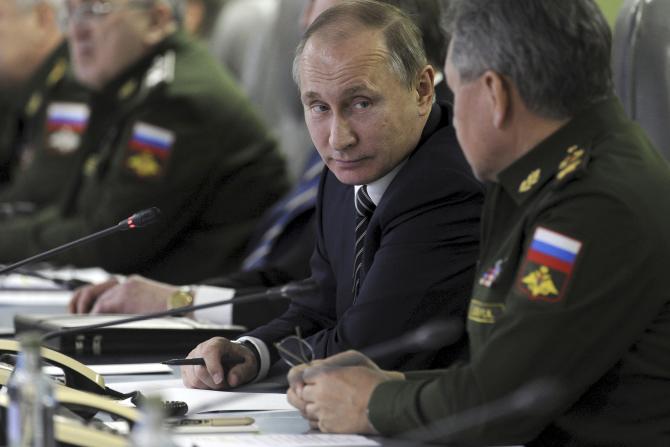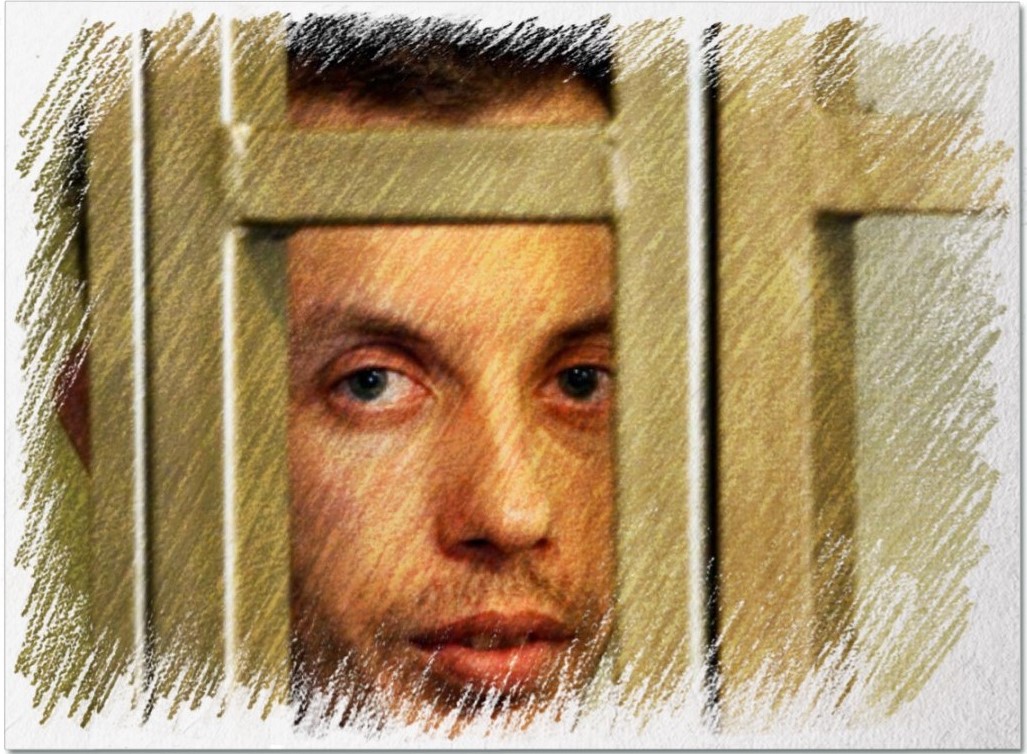Four gas turbines produced by German technogiant Siemens have been delivered to occupied Crimea in breach of EU sanctions. They are being installed in two power stations under construction.
EU sanctions prohibit helping power the energy-reliant peninsula which Russia illegally annexed from Ukraine in 2014. Siemens says it has been duped by its Russian partners and the EU sanctioned three more Russian officials on Germany's initiative.
But is Siemens really not guilty?
Here are six facts indicating that Siemens knew its turbines are going to go to Crimea all along, from our investigation: How Siemens chose to ignore the obvious. An investigation into the Crimean sanctions break.
1. Siemens concluded a secret deal with shady partners
On 15 March 2015, Siemens signed a secret contract with OAO Technpromexport to produce 4 gas turbines for a hypothetical station in Taman.
By that time, it was widely known that this company was chosen to build two power stations in Crimea, in Simferopol and Sevastopol. 100% of its shares belong to the Russian state techno-monopoly Rostec, the General Director of which, Sergei Chemezov, was already under EU sanctions for the intention to build power stations in Crimea.
The secret contract was not concluded via bids through the state tender system and was hidden from the world until Russian journalists from Vedomosti dug up the information from their inside sources on 30 June 2015, forcing Siemens to respond that they had "no reason to believe that the gas turbines mentioned in the news articles are destined for Crimea.”
Then, OAO Technopromexport got a clone: OOO Technopromexport. Two months after the secret deal between Siemens and OAO Technopromexport came to light, the two Crimean power stations suddenly, and without any explanation, started being constructed by OOO Technopromexport, a company with an almost identical name, and also ultimately 100% belonging to Rostec. The Crimean power stations themselves, at the proposal of the Russian government, were planned specifically for four 235 MW turbines which Russia couldn’t get anywhere except for Siemens.
2. Its business partner bought the turbines for a project that made no sense
OAO Technopromexport's €213 mn contract with Siemens for the four gas turbines for the hypothetical station in Taman, and OOO Technopromexport’s later €56.4 mn purchase of four steam engines for this location margined on sheer madness from the business viewpoint.
The two companies used their internal funds to purchase expensive gas and steam turbines for a power plant that was not under construction, had no technical plans or even plans for a contest, no investment return plan, and no market to sell the excessive turbines to:
- a vague idea, no technical plan
- no investor
- no construction site
- no contest
- no economic sense.
Moreover, technology gets outdated. Turbines aren't wine, they don't get more valuable with time! Why not buy when there’s at least some chance to return investments?
The only way for Siemens to be ignorant of the abovementioned circumstances is for it to do no research of the Russian market and its clients whatsoever, which is hard to believe for a global technological giant operating in over 200 countries.
3. The turbines were “oversized” for the hypothetical Taman station
The Taman idea appeared suddenly, just after Russia occupied Crimea. It wasn't in any plans before that, the Russian government had for 10 years already planned to increase the energy production of that region by building additional units at the existing Rostov nuclear power plant, which from 2014 was transferring electricity to Crimea via an underwater bridge.
And when the Taman station idea was briefly mentioned together with plans to build the two Crimean stations, its capacity was first supposed to be 660 MW, and then 450 MW.
The Siemens turbines are “too big” for it. But they are a perfect fit for the power stations being built in Crimea!
|
Taman "station" Hypothetical Planned capacity: first: 660 MW |
Crimean power stations Under construction Total capacity: 4*235 = 940 MW |
Siemens turbines Sold for Taman "station" Total capacity (power unit): 4*235 = 940 MW |
Moreover, the Taman "station" had no concrete plans for the project, builder, or financing. The only contest held for this station came on 24 June 2016, but it ended without a single bidder - including OAO Technopromexport.
4. The plan to use Taman as a "fake station" to buy the Siemens turbines for Crimea was an open secret
Ivan Kamenskikh, deputy director of Russian Research Institute of Automatics that was to provide software for Taman even said in the annual report that their product was for the 940MW stations in Crimea, not the imaginary stations (now there were two hypothetical "stations," not one) in Taman like it was written in the tender by OAO Technopromexport they won.
5. Siemens had no mechanism to prevent the turbines from going to Crimea
Speaking to Vedomosti on 26 April 2016, Dietrich Moeller, the head of the Russian branch of Siemens, answers questions as to how Siemens was to guarantee that the turbines will not be sent to Crimea. He answered that they had a "very strong" contract which would be annulled if the turbines will go to Crimea and that they were "visible from space."
The physical size of the turbines was obviously not a measure to ensure that sanctions were not broken.
It is now apparent that Siemens did not have any preventive mechanism developed for the scenario that was all too obvious:
a country which invaded the territory of its neighbor would not strive to abide by the sanctions slapped on them for this very move; a state-owned Russian monopoly, the head of which was under EU sanctions for powering Crimea, and its "daughter" company, sanctioned by the US for powering Crimea, would actually use Siemens' "perfect fit" turbines for powering Crimea?
6. Siemens' subsidiary planned to take part in installing the turbines in Crimea
ZAO Interautomatika, a company where Siemens owned 45.72% of shares and had two persons in the supervisory council, on 29 January 2016 submitted a tender to develop an “automated control system of power plants in Sevastopol in Simferopol."
As Reuters reported relying on its sources, it is hired to install them now.
#SiemensGate: negligence, intent, or both?
Either way, Siemens broke sanctions and has to answer.
FIND OUT MORE:
- How Siemens chose to ignore the obvious. An investigation into the Crimean sanctions break
- Two more Siemens turbines delivered to occupied Crimea by same company
- Powering the Anschluss. How Siemens turbines ended up in Crimea despite sanctions
- Siemens set to violate sanctions regime, helping build power stations in Crimea
- Siemens to help provide forbidden power to Crimea
- Russian-German nur geschäft, or strategy for bypassing sanctions
[hr]
Research: Alya Shandra and Tobias Weihmann
Video graphics: Anna Naronina





